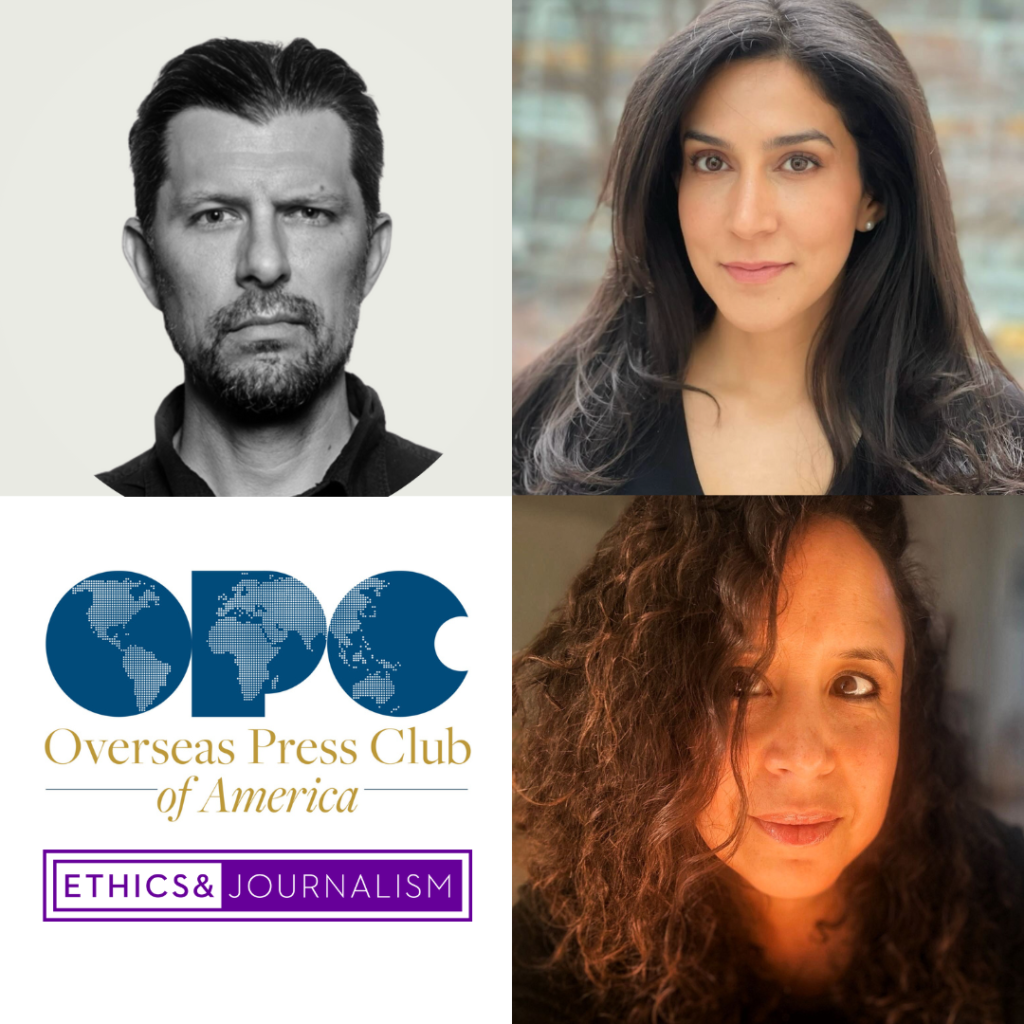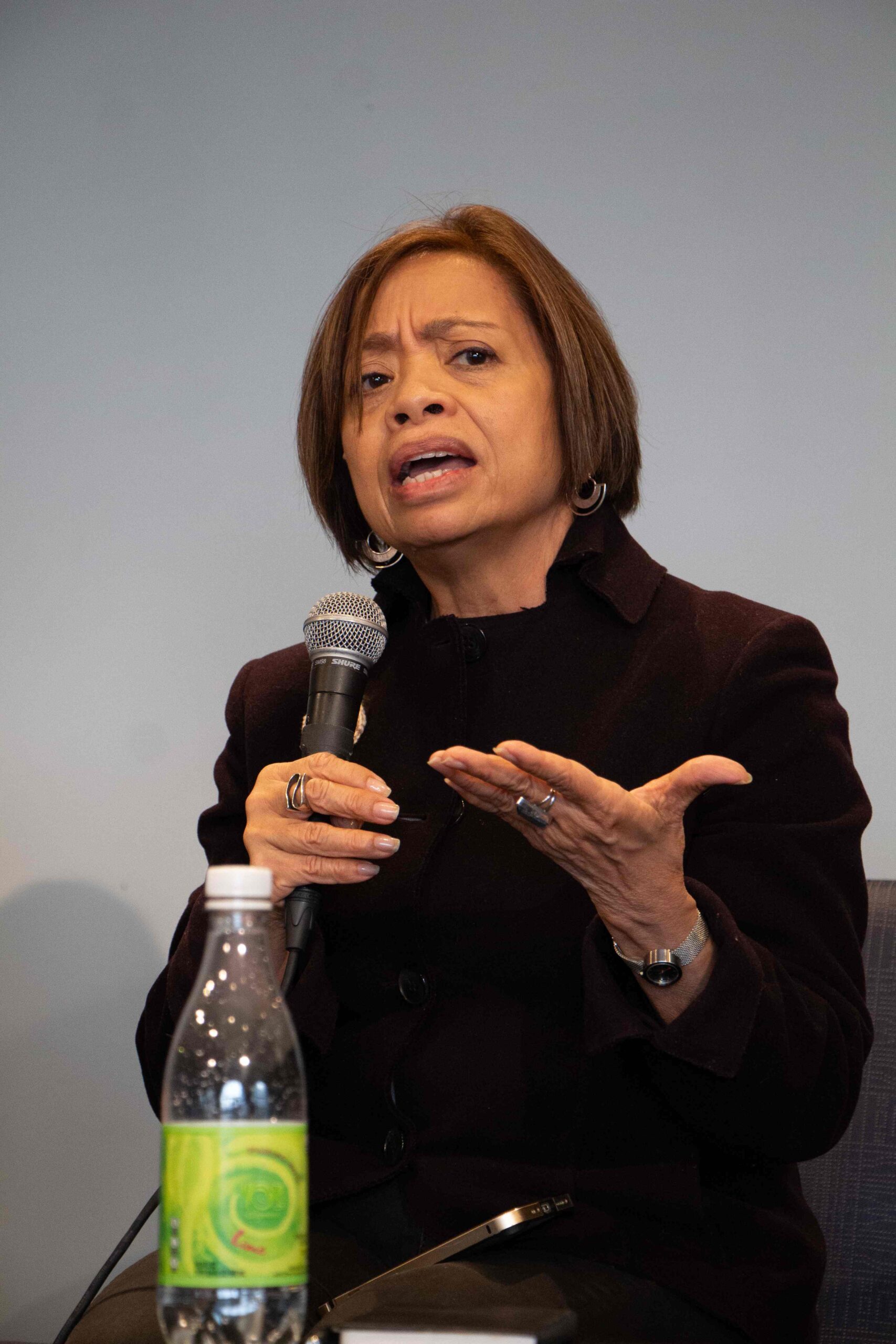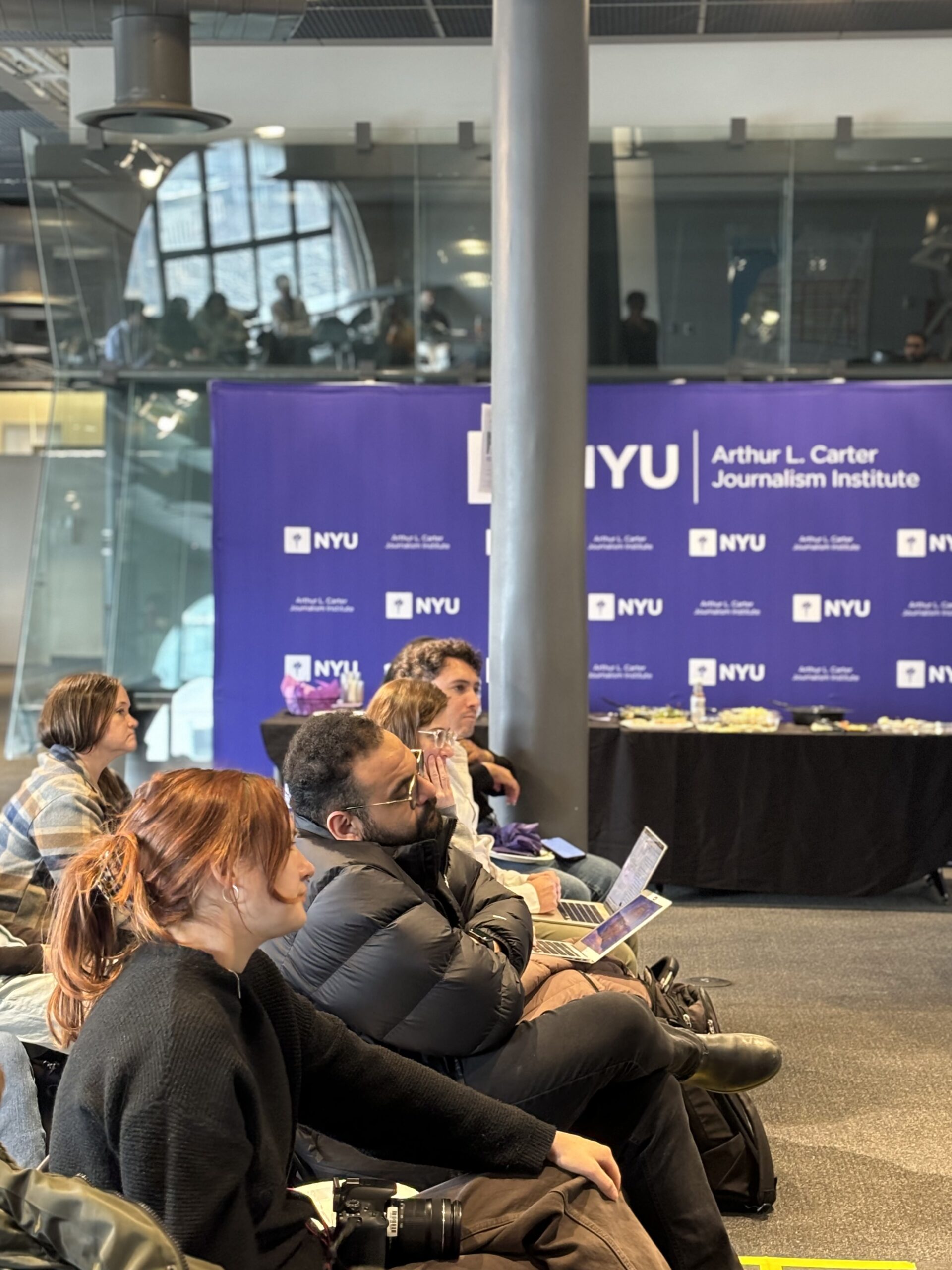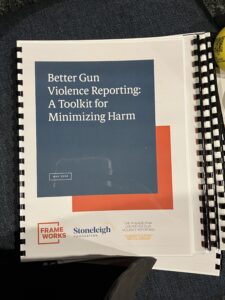February 20, 2025
Creating Solidarity, Join Us: Ethics in Overseas Reporting, Interviewing Minors, Campus News, Covering Gun Violence: Connecting Journalists with Victims
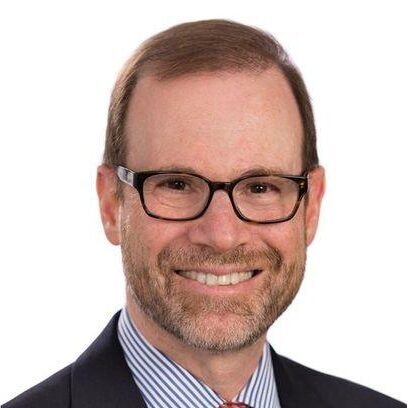
Media self-censorship, anticipatory compliance, capitulation, bending the knee. Whatever you call it, it represents one of the most insidious means by which people with power can squelch news reporting that doesn’t serve their interests. You don’t have to arrest or fire reporters—you just have to make them increasingly afraid that you will.
Donald Trump’s second term—and the ascendancy of billionaire press antagonists—has already created an environment in which journalists feel more pressure than ever to self-censor or soften their coverage to ensure that they stay on legally and politically safe ground. How does a reporter, or a newsroom full of them, guard against sheltering in such truth-killing safe harbors?

A map featuring the words “Gulf of America” is seen in the Oval Office during an event with President Donald Trump at the White House, Tuesday, Feb. 11, 2025, in Washington. (AP Photo/Alex Brandon)
To some degree, long-standing newsroom ethical guidelines can help stiffen reporters’ spines. The Society of Professional Journalists’ Code of Ethics has it right: journalists should “deny favored treatment to advertisers, donors, or any other special interests, and resist internal and external pressure to influence coverage.” I also like this from the Boston public media station WBUR:
“Decisions about what we cover, how we do our work, and what we report are made by our journalists. We are not influenced by those who provide WBUR with financial support.… We are not swayed in our journalistic mission by those in power or those who attempt to manipulate our journalism.’”
But even more important than adhering to ethics guidelines, I believe, is preserving the culture of journalistic independence that thrives at countless successful newsrooms and has shone at some of those now under the most pressure, such as the Associated Press, Los Angeles Times, the Washington Post, and CBS News. Maintaining such a culture—and thus summoning the courage to practice independent journalism in the face of any threats—has been a hallmark of these institutions for generations.
Such courage is enhanced by a recognition of the proud tradition in which we work—and the reasons we went into journalism in the first place.
Read about how I recommend that we nurture that culture in my new piece, a co-publication with the Columbia Journalism Review.
U.S.-based reporters, photographers and video journalists face unique ethical challenges as foreign correspondents. Join Ethics & Journalism Initiative Director Steve Adler and three distinguished panelists: Pulitzer prize-winning correspondent Azmat Kahn, photojournalist Victor Blue and former New York Times “fixer” Martha Metaferia on Monday, March 10, at 12 pm for lunch and a panel discussion of such issues as parachuting in to cover international disasters; using local reporters as fixers; and navigating the danger of identifying oneself as a journalist. The event is co-sponsored by the Overseas Press Club of America.
To learn more about the award and the application process, please see our Submission Guidelines or email Project Manager Ryan Howzell with any questions.
Emiliana Sandoval, managing editor for standards at the education nonprofit Chalkbeat, tells a couple of stories to explain why Chalkbeat’s code of ethics calls on reporters to “use special sensitivity” when they write about students.
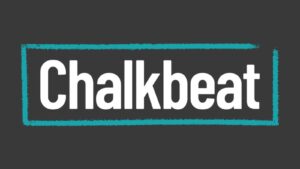
In one instance, Sandoval said, Chalkbeat ran a feature about an American community rallying around a family of seven siblings who had arrived in the U.S. from an African country without their parents. The oldest of the siblings was 21 and agreed that he and his brothers and sisters could be quoted by name in Chalkbeat’s story and depicted in a family photo that accompanied the piece. But about six years later, Sandoval said, one of the younger sisters contacted Chalkbeat to ask that her name be removed from the piece. She told Chalkbeat that she’d been too young, at the time, to understand all of the implications of her family’s public exposure. Chalkbeat, Sandoval said, agreed to remove a quote from the sister.
In the second incident, a parent whose child had been featured in a Chalkbeat story about services for disabled students reached out with an unusual request years after the piece originally appeared. The parent, who had agreed to be quoted by name in the story, had no problems with the article, Sandoval said. But the child, now old enough to find the story in a Google search, was worried about being identified as disabled whenever anyone searched for their name and found the article. Chalkbeat, Sandoval said, ended up changing the child’s first name in the piece.
What those anecdotes show, Sandoval said, is that the standard ethical practice of obtaining consent from a parent or guardian before identifying a child, may not suffice when you’re writing about vulnerable kids. (Or teachers, for that matter, but that’s a different story.)
“We’ve been more protective in the last few years,” Sandoval said. “We are really intentional about not doing any harm, especially with students.”
For the new standards Chalkbeat has implemented in response to these stories, read the full article at ethicsandjournalism.org.
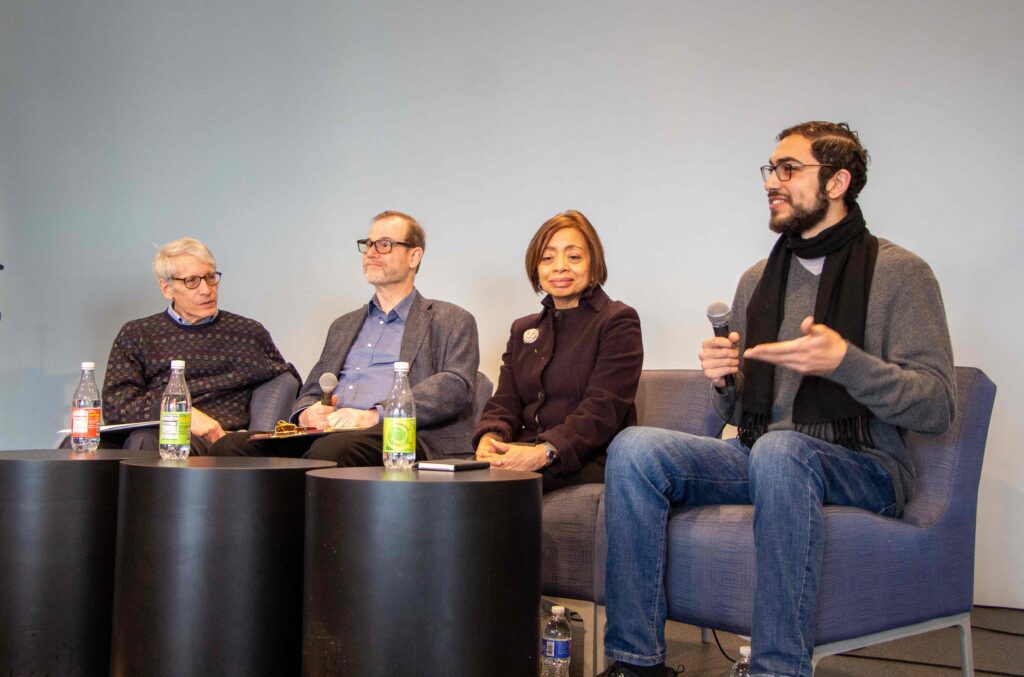
We’re still buzzing about our “Lunch & Learn” workshop last week on ethical and legal considerations for student journalists when covering their own campuses.
The in-person and livestream event attracted student reporters from across the country, many of whom have stepped in to cover some of the biggest campus news stories from student protests to curriculum clashes and high-profile leadership resignations over the last eighteen months.
Our panel was moderated by Stephen Solomon, Marjorie Deane Professor of Journalism and founding editor of First Amendment Watch, and featured Stephen J. Adler, Ethics & Journalism director; Sheila Coronel, director of the Toni Stabile Center for Investigative Journalism at Columbia University; and Yezen Saadah, editor-in-chief of NYU’s own Washington Square News.

